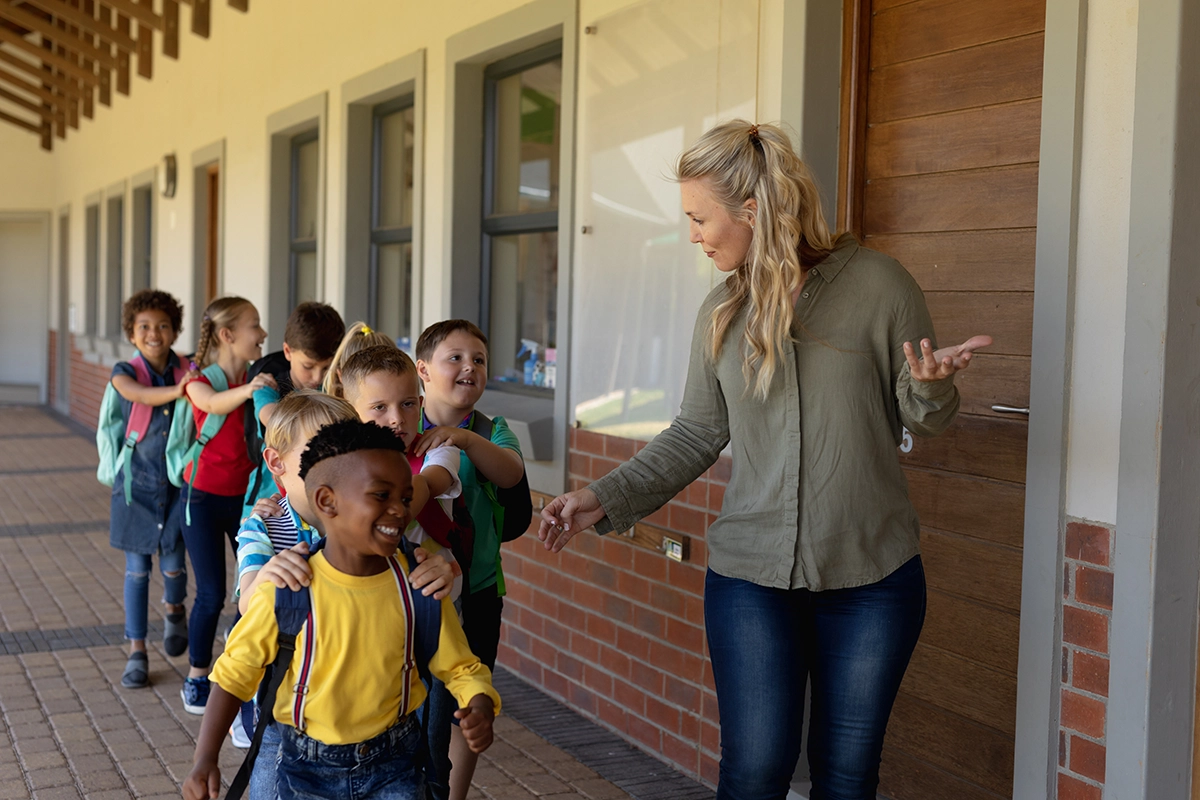-
Industry
SolutionsIndustry
SolutionsTeam with a technology partner that delivers across all industries.
Read more about industry solutions -
Software
SolutionsSoftware
SolutionsLearn how to optimise your business processes to save time and increase productivity.
Read more about software solutions -
Services
-
Products
Products
Feel confident knowing your technology will deliver reliability and longevity as you move forward.
Read more about productsMultifunctionEnhance your operational and financial performance with Toshiba's award-winning range.
Read more about multifunction Software
SoftwareSave money, better manage documents, secure critical information and improve efficiency.
Read more about software Pre-Owned MFDs
Pre-Owned MFDsQuality pre-owned A3 Multi-Function Devices (MFDs) fully refurbished by master manufacturer-trained technicians.
Read more about refurbished MFD Barcode Printer
Barcode PrinterToshiba Auto-ID, Barcode and Label printers are the perfect solution for everyday business.
Read more about barcode printer Printers
PrintersDesigned to deliver power and performance to small businesses and workgroups.
Read more about printers Interactive Flat Panels
Interactive Flat PanelsCreate inspired learning and smarter corporate collaboration
Read more about IFPs
-
Support
Support
We are here to help! Discover and access information about your Toshiba products or simply contact us for priority service.
Read more about support -
Company
Company
Toshiba is the world's most trusted provider of industry-targeted solutions that help increase the value of ideas and information.
Read more about company
No time for student leadership development? Here’s how to teach leadership quickly, easily and effectively.
by Michael Grose
 The best way to develop leadership in your school is through explicit classroom teaching.
The best way to develop leadership in your school is through explicit classroom teaching.
I’ve spent 30 years helping primary schools train their student leaders. In that time, I’ve assisted hundreds of teachers in Australia, Singapore, and Britain to bring leadership to the fore.
I’ve been in primary schools that do leadership well, and not so well, including student leadership in the classroom.
Here’s what I’ve learned.
- It’s not as hard as you think.
- Leaders are born and made.
- Leadership starts with mindset.
- Look for leadership moments.
- Give responsibility to students who need it.
- Play a junior version of the game in the lower years.
- Develop proprietary leadership language.
- Create leadership systems
- Modelling + mentoring = culture.
- Make leadership easy, daily and satisfying.
1. It’s not as hard as you think.
We make leadership seem harder than it is.
There are 5.5 billion Google searches each year for ‘leadership’. It’s one of the most searched terms on the Internet.
Why?
It’s considered essential for individual, community, and corporate success. It’s also thought to be difficult to learn, develop and practise.
It’s appalling!
There’s a stigma around something that’s so elemental and basic to human survival that whole industries have developed to support it.
Remove the complexity and you’ll find that most leadership behaviours and qualities are those that we are always instilling in kids – kindness, organisation, empathy, taking initiative, reflection, and others.
Here’s the biggest mistake.
It’s a mistake to package leadership as an added layer of behaviours and qualities to teach kids. Instead identify, name, and amplify the existing behaviours and attitudes in the name of effective/great/wonderful student leadership.
Teaching student leadership in the classroom is within every teacher’s grasp.
2. Leaders are born and made.
“She’s leadership material.” “There’s something special about him.” “There’s our next school captain right there.”
Ring a bell?
Undoubtedly, some students are more charismatic than others. Physical, social, and cognitive elements come into play.
Some charismatic students lead others astray. “If only their leadership could be harnessed for good,” is a common thought bubble among teaching folk.
Leaders are products of their environment.
Yep, they are made.
As I wrote in my book Why First Borns Ruled the World and Last Borns want to change it first borns have more leadership opportunities at home than children in other positions. They tend to be more responsible, conservative, and perfectionistic, which are widely acknowledged leadership qualities.
School, as well as families, have always played a part in developing future leaders. With families shrinking and parenting less focused on developing independence than ever, it’s schools that are best placed to develop a generation of future leaders. That makes student leadership in the classroom so important.
So, lead on dear educator, lead on.
3. Leadership teaching starts with leadership mindset.
There’s little difference between friendship and teamwork. Yet one is a social skill and the other is a leadership skill.
Both require similar qualities – selflessness, a willingness to give something of yourself, having the back of others. The list goes on.
The real difference lies in the mindset that you bring.
If social skilling (social and emotional learning) is your frame, you’ll see those behaviours as friendship skills.
However, if leadership is your frame, then you'll see teamwork skills.
Bring a leadership frame into the classroom and a leadership mindset will follow. That makes teaching student leadership in the classroom doable.
4. Look for leadership moments.
“Cometh the moment, cometh the leader.”
I love this quote.
Two things need to happen for it to be true in a school.
First, teachers need to provide plenty of opportunities for students to flex their leadership muscles.
Second, teachers need to recognise leadership when it occurs.
A student volunteers to hear younger students read. That’s leadership. A student invites a less popular student to play a game. That’s leadership.
Acts of leadership happen all the time, but they are often seen as something else.
Recognise leadership for what it is and acknowledge it when you see it.
5. Give responsibility to students who need it.
The responsible students get all the important jobs in a classroom. An important note for the principal’s office is carried by a responsible kid.
(No judgement. I know that when you’re busy, process trumps opportunity most of the time.)
So, the responsible kid becomes more responsible and less confident and capable student is reminded once more of where they sit in teacher expectations.
It’s a reminder that it’s your behaviour, not your attitude that counts when developing leadership potential in students.
Share the leadership tasks around to give everyone a chance to lead.
6. Play a junior version of the game in the lower years.
Leadership comes into its own in the senior primary school years.
That’s smart as developmentally, 10–12-year old’s are the primed for leadership.
Besides the hierarchical nature of community says school leaders should come from the the senior years.
But student leadership in the classroom can still happen in the lower years. Borrow from the major sporting codes and use a modified version of the leadership game. Think Auskick, Kanga Cricket, and Little Kickers.
Focus on key student leadership activities (e.g. speaking in front of others, organising sports event, community ambassador) and simplify each in the earlier years.
Take a leaf out of the big sporting codes and give your junior and middle school programs as name – Mini Leaders Program springs to mind as a junior version of Young Leaders Program.
7. Develop proprietary leadership language.
Shared language creates a strong school culture.
This idea was drummed into me by my mentor, US-based educator Michael Grinder. He was right.
Primary schools that value leadership develop shared language around key leadership qualities such as problem-solving, teamwork and capacity-building.
This language has meaning for each school. For instance, in one Young Leaders school, “Lead away” was repeated by teachers and students from Foundation to Year 6.
The term is a simple encouragement for students to take initiative when a situation presented itself.
The minute I heard a house captain use this term when working with a small group I knew that “Lead Away” was embedded in the school’s culture.
Figure out the core leadership terms and phrases you want kids to learn and then do what primary schools do so well - share the language visually, orally, and repeatedly through all your media until the language sticks.
8. Create leadership systems.
Student leadership thrives when you create systems that support its growth.
James Clear author of the fabulous book Atomic Habits says, “When we create systems around our habits these patterns become unbreakable.”
Don’t just build leadership habits in students and hope that they become patterns of behaviour. Create systems that create leadership habits and patterns.
The use of election speeches is an example of systematic leadership development. Every year students must give a speech (which is a leadership behaviour) to win enough votes. Speech-making is built into the leadership system.
Schools that do leadership well have many systems embedded into school life that promote essential leadership habits.
Start with the systems you have in place and gradually add to them over time.
9. Modelling + mentoring = culture.
Modelling and mentoring go hand in hand.
When I began my one-day leadership program for elected student leaders in 1994, modelling was a big deal.
While most students had been told ad nauseum that they needed to be good role models, they had been given little instruction in core leadership competencies such as speech-making, organisational capacities, and team building.
Fast-forward to the present and schools that support leaders add mentoring to the leadership mix. Think buddy program, friendship clubs and students-as-helper programs.
Mentoring and the passing on of legacies and learnings is one of the keystones to building a culture of student leadership in a primary school. Both of these are featured heavily in the Young Leaders Program.
10. Make leadership easy, daily, and satisfying.
The best teachers make it easy for kids to behave well, learn and lead.
They set the conditions for each to seamlessly occur. They cue kids to behave in certain ways. They pitch teaching at the right level. They give students opportunities to lead reward success and improvement.
When teaching leadership in the classroom expect leadership, like good behaviour and learning, to be on display every day.
Make sure leadership activities are fun, projects are satisfying, and improvement and success is celebrated.
Hit the easy, daily, and satisfying trifecta and leadership in the classroom or school will soar.
Finally…..
There you have it.
Student leadership is alive and well in many schools. Hopefully, it is in yours.
I’d love you to tell me what you think of these learnings. They come from experience and from the head and the heart.
I’d love also to hear your student stories as well.
That's it.
Now lead away.
*************
PS: The Young Leaders Program can fast track your school’s leadership development along the lines of what you’ve just read. You can try it fre@.
